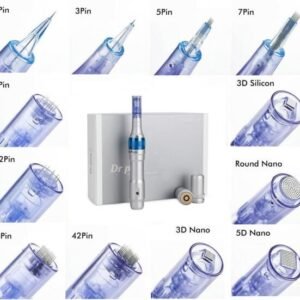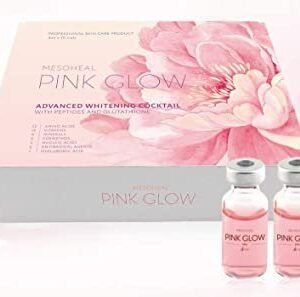Description
Insulin syringes are made specifically for self-injections and have friendly features. Shorter needles, as insulin injections are subcutaneous (under the skin) rather than intramuscular. The finer gauge needles, for less pain. And, markings in insulin units to simplify drawing a measured dose of insulin.
n
nMOQ-100ea (1pack)
n30G*8mm 0.5ml
n30G*13mm 1.0ml
An insulin syringe has three parts: a needle, a barrel, and a plunger.
- The needle is short and thin and covered with a fine layer of silicone to allow it to pass through the skin easily and reduce pain. A cap covers and protects the needle before it is used.
- The barrel is the long, thin chamber that holds the insulin.
- The plunger is a long, thin rod that fits snugly inside the barrel of the syringe. It easily slides up and down to either draw the insulin into the barrel or push the insulin out of the barrel through the needle. The plunger has a rubber seal at the lower end to prevent leakage. The rubber seal is matched with the line on the barrel to measure the correct amount of insulin.
Use the smallest Insulin syringes size you can for the dose of insulin you need. The measuring lines on the barrel of small syringes are farther apart and easier to see. When you choose the size of syringe, consider the number of units you need to give and how well you can see the markings on the barrel.
- A 0.25 mL or 0.33 mL syringe usually is best for children (who often need very small doses of insulin) and for people with poor eyesight.
- A 1 mL syringe may be best for an adult who needs to take a large amount of insulin.







